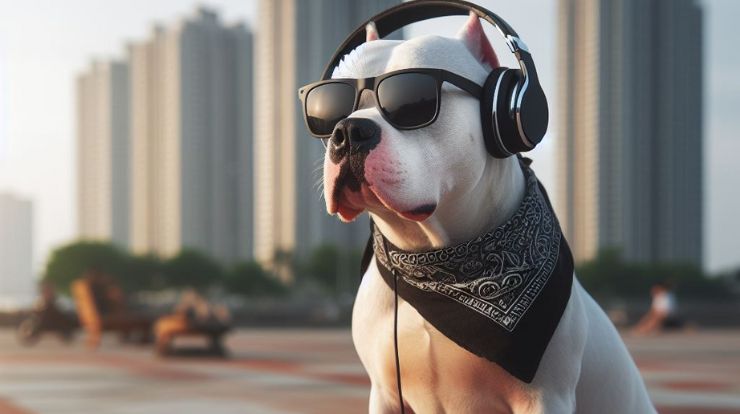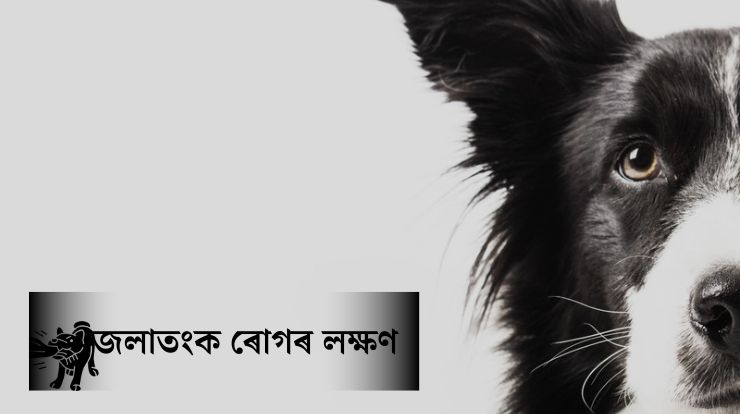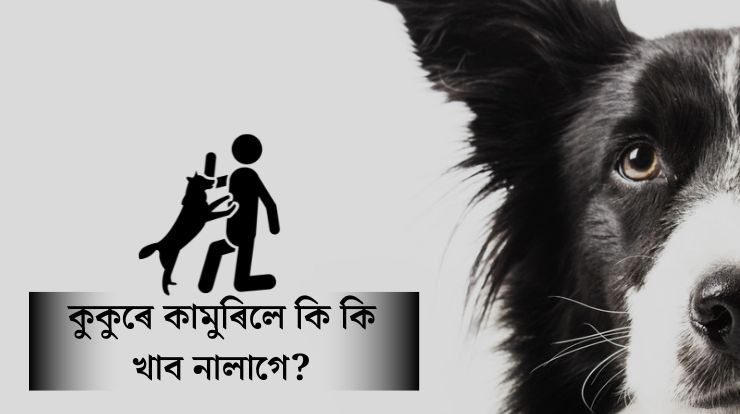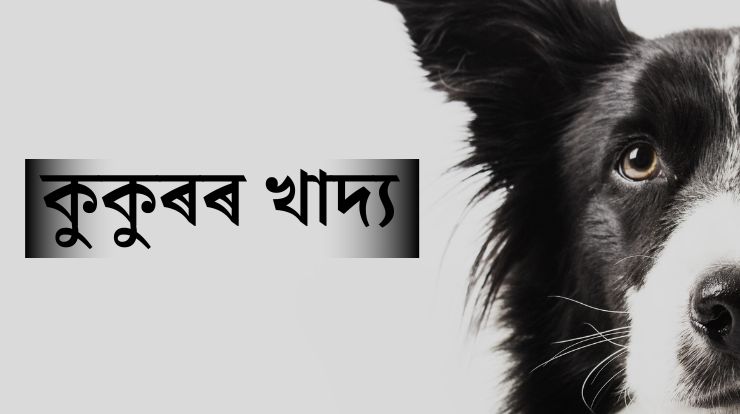introduction
Definition of a Pitbull: Pitbulls are often identified as an umbrella term for several breeds that share certain physical characteristics and are believed to have descended from bull and terrier types. In the United States, this term commonly includes the American Pit Bull Terrier, American Staffordshire Terrier, American Bully, and Staffordshire Bull Terrier. These dogs were originally developed for various activities such as hunting and dog fighting, and they are known for their strength, stamina, and tenacity.
Common Misconceptions There are numerous misconceptions surrounding Pitbulls, largely due to their historical association with dog fighting and media portrayal. For instance, it’s a common myth that Pitbulls have a bad temperament and are inherently vicious, which is far from the truth. Studies have shown that Pitbulls are among the most tolerant dogs, scoring better on temperament tests than the general dog population. Another misconception is that Pitbulls can lock their jaws, which is anatomically impossible for any dog breed.
General Facts Pitbulls are known for their loyalty, affection, and intelligence. They are eager to please their owners and are usually very friendly and outgoing with people. Despite their muscular build and strong prey drive, with proper training and socialization, they can be well-behaved and gentle pets. Pitbulls typically stand between 43 and 48 cm tall and weigh between 14 to 41 kg. They have a lifespan of around 12 to 14 years with good care.
- Pitbull Dog Price in Bangladesh
- XXL Pitbull Puppies for Sale in India
- Pitbull dog price in Tamilnadu
- Free Dog Boarding in Guwahati
- Pitbull Dog Price in Hyderabad
- White Pitbull Dog Price in Punjab
History and Origin
The Origin of Pitbull Breeds Pitbull breeds have a rich history that dates back to the early 19th century in the United Kingdom. They originated from the crossbreeding of bulldogs and terriers to create a dog that combined the strength of the bulldog with the agility and tenacity of the terrier. This crossbreeding resulted in the first Pitbull Terrier, a breed that was initially used for bull-baiting, a blood sport where dogs were set against a bull. After bull-baiting was outlawed in the UK, these dogs were used for ratting and dogfighting, which required more agility and speed.
Historical Roles Pitbulls were bred for various roles such as herding cattle, guarding families or livestock, and hunting game. Their versatility and loyalty made them valuable working dogs on farms and homesteads in both the UK and the US. As immigrants from the British Isles settled in the United States, they brought their Pitbulls with them, introducing the breed to a new continent where they continued to serve as indispensable companions.
Evolution Over Time Over time, the Pitbull breed has evolved significantly. Initially bred for aggression and fighting, modern breeding practices have increasingly emphasized temperament, leading to a breed capable of great loyalty, affection, and intelligence. Despite facing controversies and misconceptions due to negative media portrayals and breed-specific legislation, Pitbulls continue to be popular and cherished as pets and working dogs. Their evolution from feared combatants in blood sports to beloved family members and service animals paints a complex picture of transformation and resilience.
Pitbull Breeds
Overview of Different Pitbull Breeds The term “Pitbull” is often used to describe a category of dogs that share similar traits and are descended from bulldogs and terriers. While commonly grouped under the umbrella term “Pitbull”, there are distinct breeds within this category, each with its own unique characteristics.
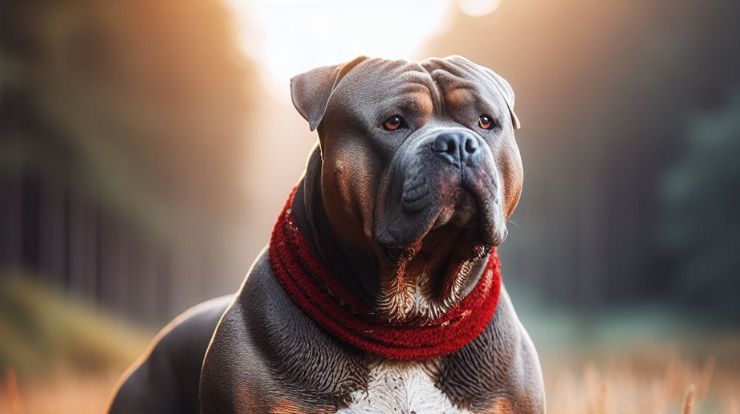
American Pit Bull Terrier
- Height: 17 to 21 inches (male), 17 to 20 inches (female)
- Weight: 30 to 60 pounds (male), 30 to 50 pounds (female)
- Physical Characteristics: Muscular build; short, smooth coat; colors include black, white, brindle, fawn, blue, red, brown, tan, and gray
- Temperament: Loyal, affectionate, courageous
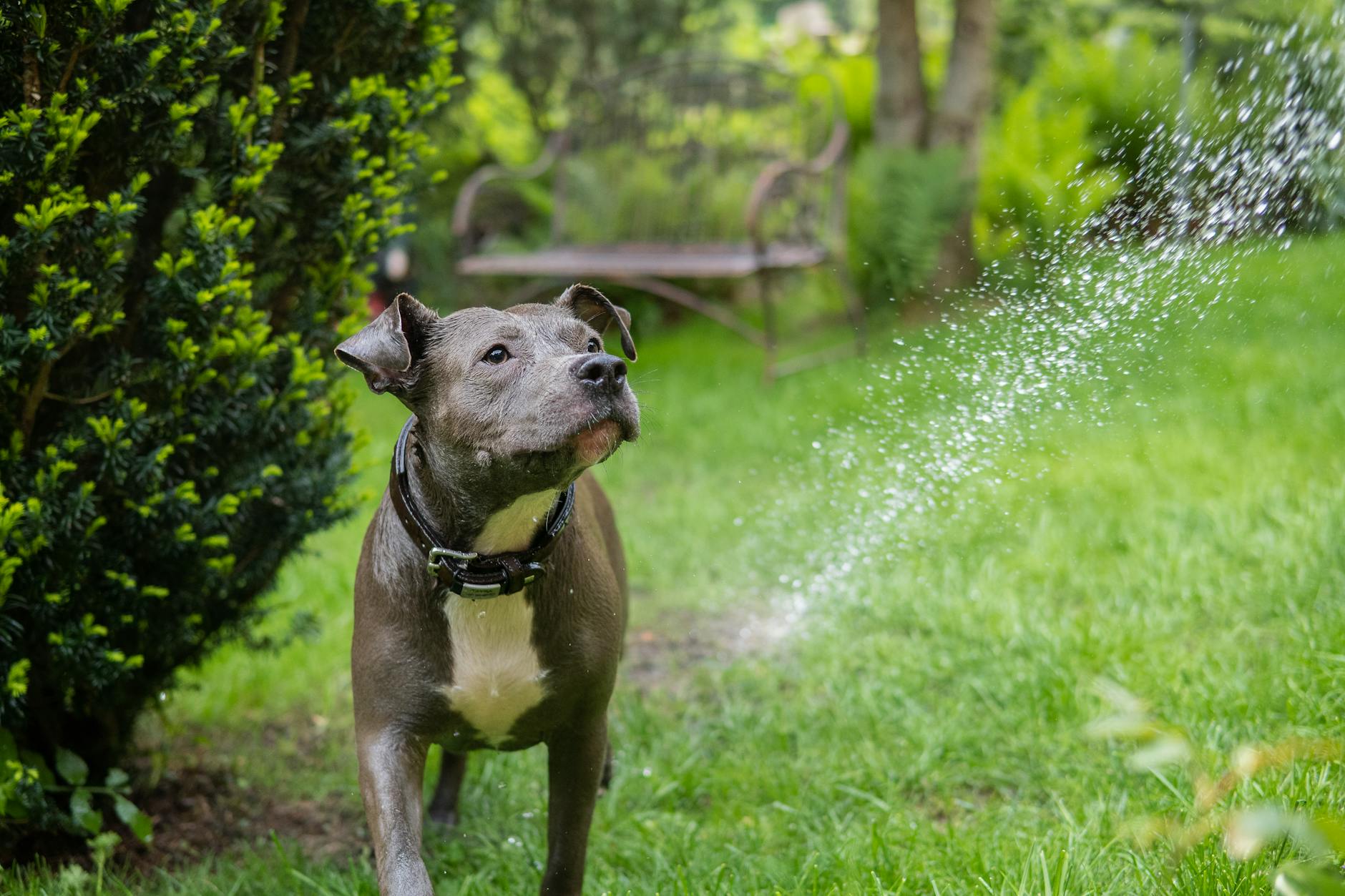
American Staffordshire Terrier
- Height: 17 to 19 inches
- Weight: 40 to 70 pounds
- Physical Characteristics: Medium-to-large size; muscular; square head; short, stiff fur; variety of colors
- Temperament: Courageous, affectionate, protective
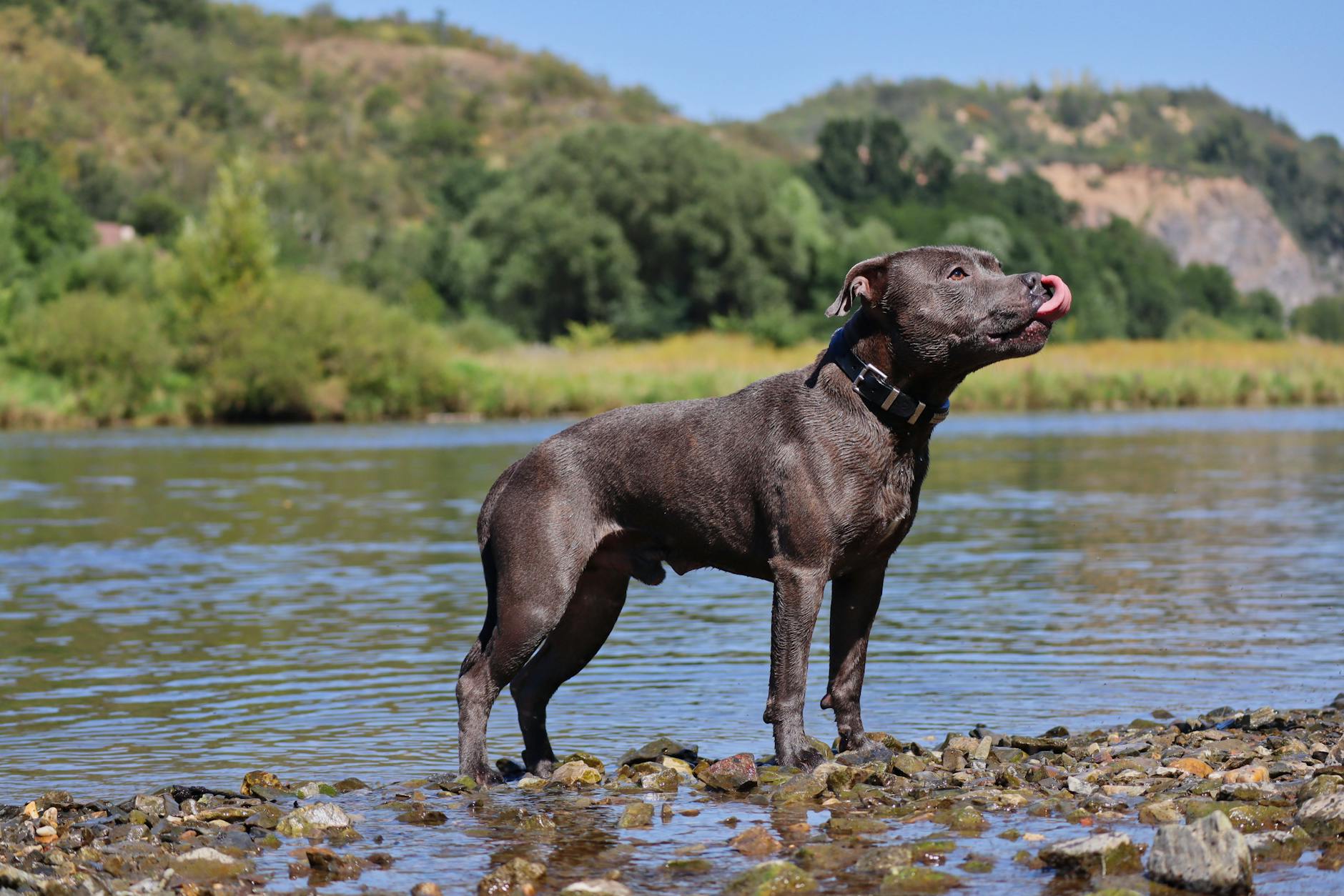
Staffordshire Bull Terrier
- Height: 14 to 16 inches
- Weight: 24 to 38 pounds
- Physical Characteristics: Medium size; muscular, athletic body; short and smooth coat; comes in various colors
- Temperament: Fearless, bold, affectionate, loyal
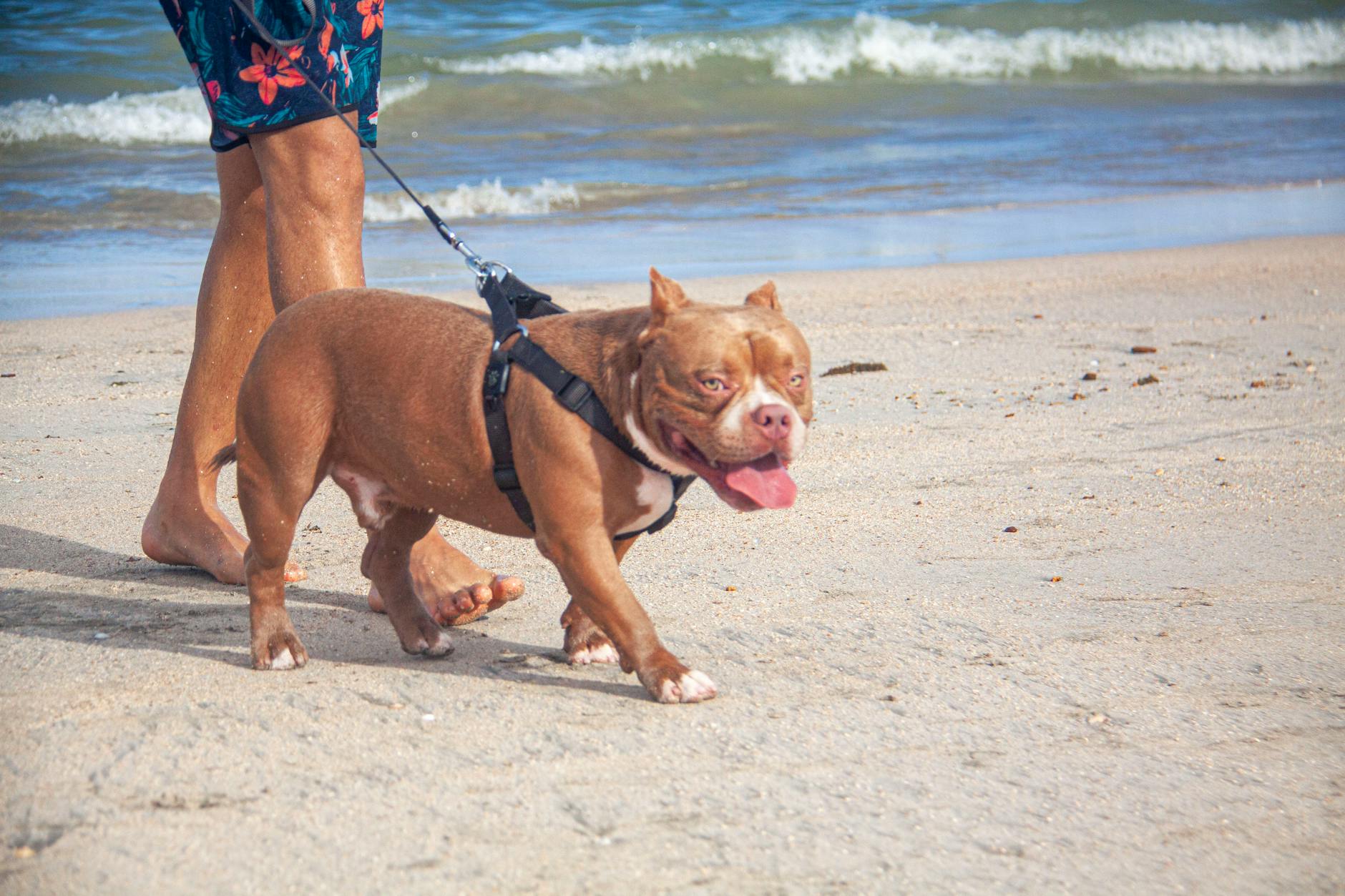
American Bully
- Height: 13 to 20 inches
- Weight: 65 to 85 pounds
- Physical Characteristics: Compact, strong, thickset, and muscular; short and smooth coat; wide variety of coat colors and patterns
- Temperament: Loving, loyal, and energetic
Characteristics and Differences Between the Breeds While all these breeds share a common ancestry and certain physical traits such as muscular builds and strong jaws, they differ in size, temperament, and breed history. The American Pit Bull Terrier and American Staffordshire Terrier are very similar but are recognized as separate breeds due to slight differences in physical characteristics and temperament. The Staffordshire Bull Terrier is smaller in stature and known for its affectionate nature. The American Bully is the newest breed among them, developed for its compact and muscular build, and has a notably different body structure with a broader and more compact appearance.
These breeds are often misunderstood and mislabeled due to their history and physical appearance. However, with proper training and socialization, they can be affectionate, loyal, and gentle companions.
Physical Characteristics
Size and Weight Range Pitbulls are generally classified as medium-sized dogs. The size and weight can vary among the different breeds that fall under the Pitbull category. On average, female Pitbulls weigh between 30-60 pounds and stand 17-20 inches tall, while male Pitbulls are slightly larger, weighing 35-65 pounds and standing 18-21 inches tall. They typically reach their full size by the age of 1 to 1.5 years.
Coat Types and Colors Pitbulls are known for their short, smooth coats which are easy to groom. The coat can come in a wide variety of colors, including but not limited to black, white, brindle, fawn, blue, red, and brown. Some of the standard coat colors recognized by major kennel clubs include black brindle, blue brindle, blue fawn, red brindle, fawn brindle, tan, buckskin, seal, tricolor, and reverse brindle. Non-standard colors that are also seen in Pitbulls include merle, black and tan, liver, liver brindle, white or albino, and 80% white.
Distinctive Physical Traits Pitbulls are distinguished by their muscular build, broad chest, and strong legs. They have a square-shaped head, a square fleshy nose, and big almond-shaped eyes. Their tails are long and straight, and their ears tend to be rose-shaped, except when they have been cropped. The physical build of a Pitbull is athletic and agile rather than bulky, which reflects their strength and energy.
Temperament and Personality
Common Personality Traits of Pitbulls Pitbulls are known for their affectionate and loving nature, especially towards their owners. They are often described as fun and loving companions that thrive on attention and affection. Despite their tough exterior, they are patient, loyal, and protective, making them excellent family pets. Pitbulls are also fearless and brave, always up for a challenge, and possess a high energy level that makes them great playmates and exercise partners. They are intelligent and easily trainable, with a people-pleasing nature that can make them suitable for roles such as therapy dogs.
Social Behavior with Humans and Other Animals Pitbulls form strong bonds with their family and are known to live well with children and small animals. They are protective and may be wary of strangers, which is why proper socialization is crucial. When socialized from a young age, Pitbulls can learn to be friendly and sociable with other dogs and animals. They are task-oriented and enjoy engaging in activities with their owners, which can include various forms of play and work.
Myths vs. Reality Regarding Aggression One of the most pervasive myths about Pitbulls is that they are inherently aggressive. However, temperament tests conducted by organizations like the American Temperament Test Society show that Pitbulls often score as well or better than the general dog population. While some Pitbulls may be less tolerant of other dogs, they are not aggressive by nature. Proper training and socialization play a significant role in shaping the behavior of any dog, including Pitbulls. It’s important to understand that aggression is not a breed-specific trait but can be a result of the environment, upbringing, and training.
Health and Care
Lifespan and Common Health Issues Pitbulls generally have a lifespan of 8 to 16 years, but with excellent care, some can live even longer. They are prone to certain health issues, including skin allergies, orthopedic problems, hypothyroidism, aortic stenosis, cerebellar ataxia, cataracts, and gastric issues. Regular veterinary check-ups and awareness of these common conditions can help ensure a Pitbull lives a full, healthy life.
Dietary Needs A balanced diet for a Pitbull should include high-quality proteins, carbohydrates, fatty acids, vitamins, and minerals. Adult Pitbulls typically require a diet with a minimum of 18% protein and 5% fat, while puppies need at least 22% protein and 8% fat. It’s important to avoid overfeeding, as Pitbulls can be prone to obesity.
Exercise Requirements Pitbulls are high-energy dogs that need 1 to 2 hours of exercise daily. This should include walks, playtime, and more vigorous activities like running or hiking to keep them fit and prevent boredom. Exercise sessions should be spread throughout the day and adjusted according to the dog’s age, health, and individual needs.
Grooming and Shedding Pitbulls have a short, smooth coat that sheds moderately throughout the year. Weekly brushing with a bristle brush or grooming glove can help manage shedding. They don’t require frequent baths, but regular grooming is essential to maintain a healthy coat and prevent skin issues.
Training and Socialization
Importance of Early Socialization Early socialization is crucial for Pitbulls, as it helps them develop good social skills and reduces the likelihood of fear or aggression towards unfamiliar situations or individuals. Exposing Pitbulls to various environments, people, and other animals from a young age is imperative. It allows them to become well-adjusted adults capable of handling different social scenarios with confidence. Socialization should be an ongoing activity throughout their lives to help them overcome fear and anxiety.
Training Techniques and Tips Training a Pitbull requires patience, consistency, and understanding. Key strategies include:
- Positive Reinforcement: Reward-based training methods, such as treats or praise, encourage good behavior.
- Establishing Trust: Spend quality time with your Pitbull, engaging in activities that you both enjoy to build a strong bond.
- Consistency: Regular training sessions help Pitbulls understand what is expected of them.
- Focus Training: Teaching commands like “look” or “watch me” can help maintain your Pitbull’s attention during training.
- Social Training: Introduce your Pitbull to other dogs and animals carefully, considering their strong prey drive.
Pitbulls’ Intelligence and Trainability Pitbulls demonstrate moderate to high intelligence, excelling in areas that encompass both obedience training and social intelligence. They are quick learners who respond well to positive reinforcement and are capable of mastering a variety of commands and tasks. Their problem-solving skills are notable, and they adapt well to different environments and situations. With the right training, Pitbulls can be loving and well-behaved members of the family.
Legal and Social Issues
Breed-Specific Legislation (BSL) BSL refers to laws that regulate or ban certain dog breeds in an effort to decrease dog attacks on humans and other animals. These laws often target “pit bull” types, including American Pit Bull Terriers, American Staffordshire Terriers, Staffordshire Bull Terriers, and sometimes extend to other breeds or dogs resembling these breeds. BSL can range from outright bans to restrictions and conditions on ownership. The effectiveness of BSL is disputed, with some arguing that it does not make communities safer and that breed bans are costly and difficult to enforce. In response to such concerns, some jurisdictions have moved to repeal breed bans, favoring laws that regulate dangerous dogs individually, regardless of breed.
Public Perception and Media Portrayal The media has played a significant role in shaping public perception of Pitbulls, often focusing on negative stories that have contributed to a stereotype of the breed as inherently dangerous. This portrayal has led to an increase in BSL and challenges for Pitbulls in shelters and animal controls. Efforts to debunk myths and promote a more balanced view are ongoing, with advocates emphasizing the breed’s loyalty and the need for responsible reporting.
Responsible Ownership and Advocacy Responsible ownership is key to changing the narrative around Pitbulls. Owners are encouraged to understand the breed’s challenges, provide proper training and socialization, and ensure their dogs are happy and well-adjusted. Advocacy involves combating stereotypes, educating the public, and promoting breed-specific discrimination laws. By demonstrating responsible ownership, Pitbull owners can become effective advocates for the breed, challenging misconceptions and fostering positive interactions.
Conclusion
Summary of Key Points This article has provided a comprehensive overview of Pitbull dogs, covering their history, breeds, physical characteristics, temperament, health, care, training, socialization, and the legal and social issues they face. We’ve debunked common myths and highlighted the importance of understanding these dogs beyond the stereotypes.
The Future of Pitbull Breeds The future of Pitbull breeds looks to be one of continued advocacy and education. Efforts to shift public perception and repeal breed-specific legislation are gaining momentum. The narrative of the Pitbull reflects broader themes of resilience, transformation, and the enduring bond between humans and dogs. As society becomes more informed, the hope is that Pitbulls will be seen more as loving, loyal family members rather than the misunderstood breed they are often portrayed as.
Final Thoughts on Responsible Pitbull Ownership Responsible Pitbull ownership is paramount. It involves a commitment to proper training, socialization, and care. By embracing accountable socialization, powerful education, and adequate exercise, owners can provide a nurturing environment for their Pitbulls. Nutritional concerns, routine veterinary care, and community engagement further contribute to the positive representation of these dogs. As responsible owners, we can ensure the safety of the community and the well-being of the dogs, helping to reshape the image of this noble breed.
In conclusion, the journey of understanding and caring for Pitbulls is one of compassion, commitment, and education. By highlighting the true nature of these dogs and promoting responsible ownership, we can look forward to a future where Pitbulls are valued and respected members of the canine community.


